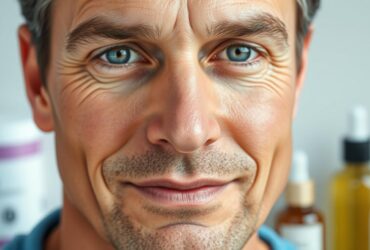In the quest for peak physical condition, the conversation surrounding testosterone therapy has gained momentum, captivating the attention of fitness enthusiasts, athletes, and health professionals alike. Once veiled in misconceptions, this increasingly popular treatment option is stepping into the spotlight, promising to elevate not only physical performance but also overall health. As we delve into the nuances of testosterone therapy, we will explore its potential benefits, the science behind hormone regulation, and the considerations that come with its use. Whether you’re a seasoned gym-goer looking to enhance your training regimen or someone curious about the role of hormones in physical well-being, this article aims to provide a balanced perspective on testosterone therapy and its implications for achieving optimal physical condition. Join us as we navigate this complex and often debated landscape to uncover what lies beneath the surface of this potent hormone and its role in human health.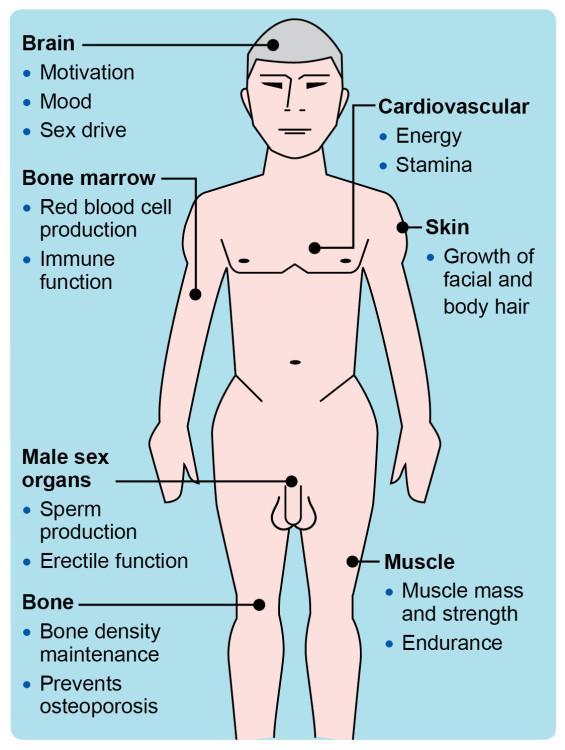
Understanding Testosterone and Its Role in Physical Performance
Testosterone is a vital hormone that plays a significant role in physical performance, influencing various aspects of the body’s functionality. It is crucial for muscle growth, strength, and endurance, as it helps stimulate protein synthesis, which is essential for tissue repair and recovery after strenuous workouts. Adequate levels of testosterone not only enhance physical capabilities but also elevate energy levels, facilitating a more rigorous exercise regimen. Factors such as age, lifestyle, and overall health can affect testosterone production, making an understanding of this hormone imperative for achieving peak performance.
Individuals undergoing testosterone therapy often report improvements in their physical capabilities, citing various benefits that extend beyond mere muscle mass increase. These benefits include:
- Improved strength and power: Enhanced muscle strength allows for better performance in athletic events.
- Increased stamina: Higher energy levels help sustain longer training sessions.
- Faster recovery: Reduced muscle soreness promotes quicker return to training.
To better illustrate the impact of testosterone on physical performance, consider the following table that highlights the relationship between testosterone levels and physical capability:
| Testosterone Level (ng/dL) | Physical Performance Outcome |
|---|---|
| 300-600 | Normal levels; basic performance. |
| 600-900 | Enhanced strength & improved recovery. |
| 900+ | Maximum performance; optimal muscle growth. |
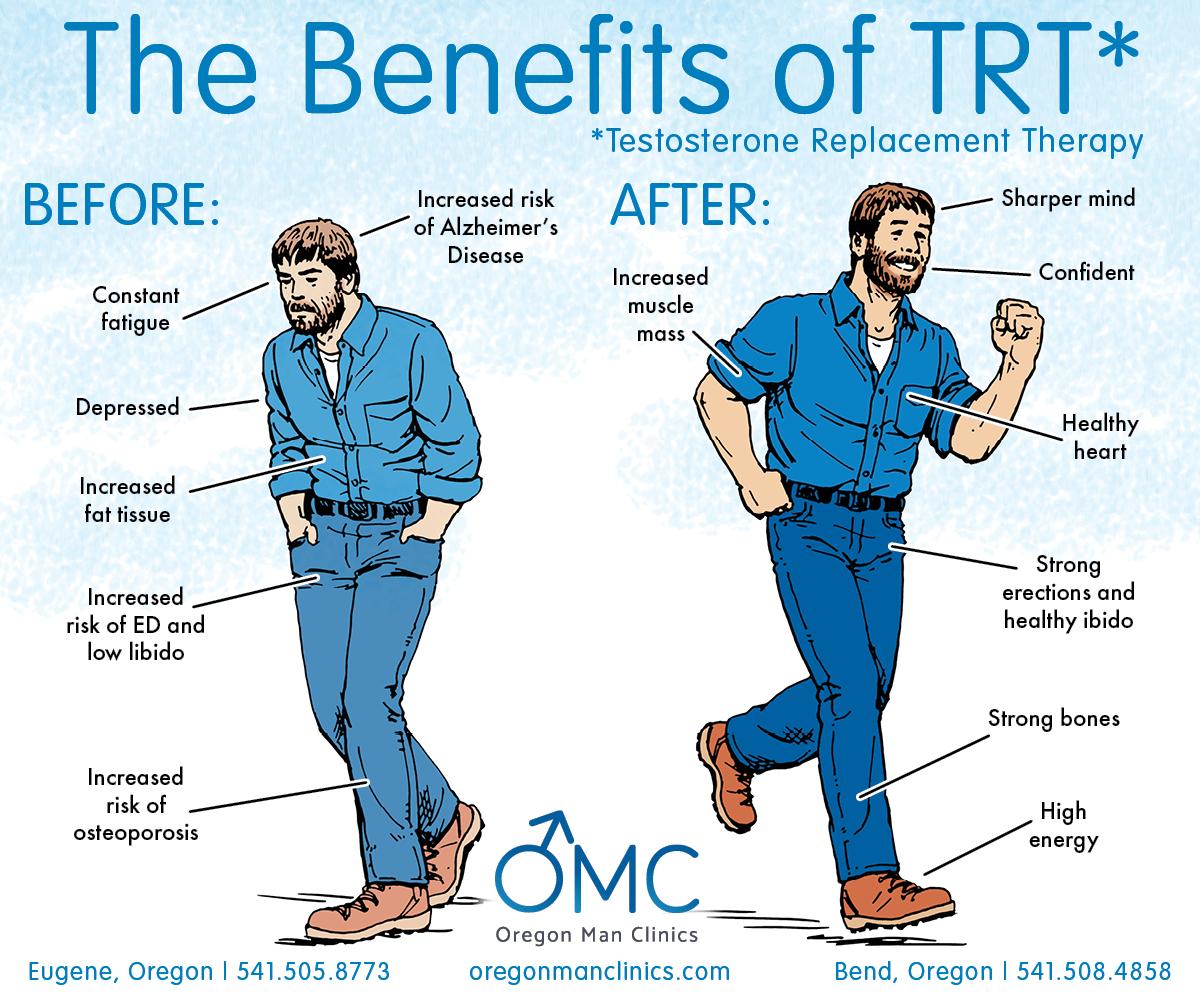
The Science Behind Testosterone Therapy: Mechanisms and Benefits
Testosterone therapy has gained attention for its role in enhancing physical performance and overall well-being. At its core, this therapy aims to restore optimal testosterone levels, which naturally decline with age or due to certain medical conditions. The mechanisms behind this therapy are multifaceted, involving complex interactions with various bodily systems. When testosterone levels are restored through therapy, several physiological processes are positively impacted, including:
- Muscle Mass Increase: Enhanced protein synthesis leading to greater muscle strength and volume.
- Improved Bone Density: Stimulation of osteoblast activity, which helps in bone formation.
- Enhanced Libido: An increase in sexual drive, contributing to better sexual health.
- Boosted Mood: Elevation of mood and motivation through the regulation of neurotransmitter levels.
The benefits of testosterone therapy extend beyond mere physical enhancements. Clinical studies have demonstrated that men undergoing this treatment often report a notable increase in energy levels and mental clarity. Additionally, a significant aspect of therapy is its potential to assist in body composition optimization, as illustrated in the table below:
| Parameter | Before Therapy | After Therapy |
|---|---|---|
| Muscle Mass (lbs) | 150 | 180 |
| Body Fat (% reduction) | 25% | 15% |
| Energy Levels (scale 1-10) | 5 | 8 |
By addressing deficiencies and reinvigorating the body’s natural functions, testosterone therapy can pave the way for maintaining peak physical condition and improved quality of life.
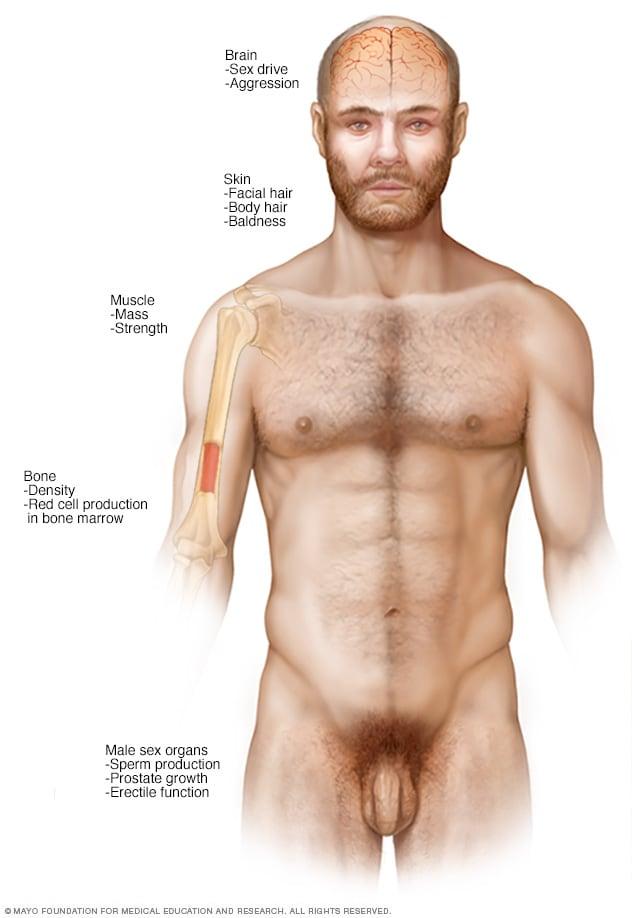
Evaluating the Need for Testosterone Therapy: Signs and Symptoms
Recognizing when testosterone therapy might be beneficial involves paying close attention to various physical and emotional cues that could indicate a deficiency. Individuals experiencing persistent fatigue, decreased libido, or difficulty concentrating should consider these signs as potential red flags. Additionally, mood fluctuations such as increased irritability or depression can further suggest that testosterone levels may be out of balance. It’s essential to be aware of the following symptoms that may signal the need for evaluation:
- Reduced muscle mass or strength
- Increased body fat
- Low bone density
- Sleep disturbances
- Lowered motivation or drive
To gain a clearer understanding of testosterone’s role in overall health, consider a simple breakdown of the potential effects of low testosterone levels. The impacts aren’t solely physical; they span emotional and cognitive realms as well. Below is an illustrative table highlighting some key areas affected by low testosterone:
| Area of Impact | Possible Effects |
|---|---|
| Physical | Fatigue, muscle weakness, weight gain |
| Emotional | Depression, anxiety, irritability |
| Cognitive | Poor concentration, memory issues |
| Sexual Health | Lowered libido, erectile dysfunction |
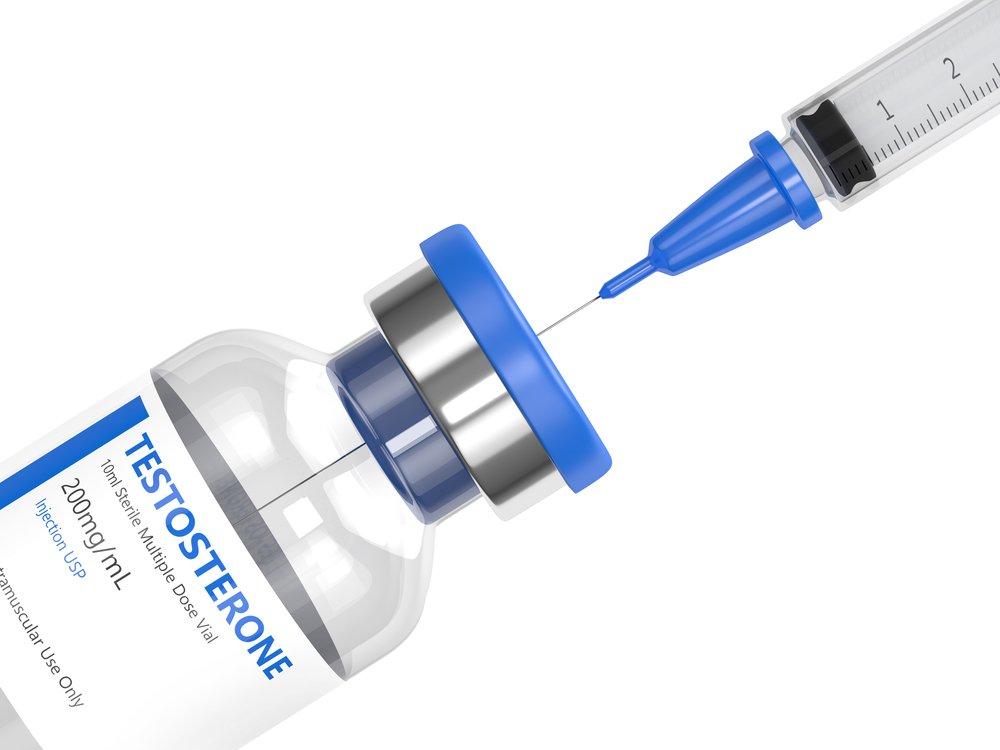
Choosing the Right Type of Testosterone Therapy for Your Goals
When it comes to testosterone therapy, aligning your choice with your specific fitness goals is crucial for optimal results. Different formulations are available, each offering unique advantages and tailored benefits. The main types include injections, gels, patches, and pellets. Consider your lifestyle and personal preferences when selecting a method. For instance, injections require regular visits to a healthcare provider, while gels and patches offer convenient at-home solutions. Each option affects drug absorption rates, frequency of application, and how your body metabolizes testosterone, influencing your performance, energy levels, and recovery times.
Furthermore, it’s important to evaluate your desired outcomes and communicate them effectively with your healthcare professional. Setting clear goals can help customize your therapy and fine-tune dosages. Here’s a quick comparison of how different therapies impact common fitness aspirations:
| Formulation | Benefits | Drawbacks |
|---|---|---|
| Injections | Fast-acting, precise dosage | Requires frequent visits, discomfort |
| Gels | Easy to apply, absorbed through skin | Risk of transfer to others, daily application |
| Patches | Sustained release, user-friendly | Potential skin irritation, less control over dosage |
| Pellets | Long-lasting, stable testosterone levels | Surgical insertion, removal can be invasive |
Complementary Lifestyle Changes to Maximize Therapy Outcomes
To enhance the benefits of testosterone therapy, it’s essential to incorporate lifestyle changes that support overall well-being and hormonal balance. These changes may include a combination of physical activity, balanced nutrition, and mental health practices. Consider the following key components:
- Regular Exercise: Engaging in a mix of strength training, cardiovascular workouts, and flexibility exercises can significantly boost testosterone levels and improve mood. Aim for at least 150 minutes of moderate exercise weekly.
- Nutrient-Dense Diet: Focus on whole foods rich in healthy fats, lean proteins, and a variety of fruits and vegetables. Foods like avocados, nuts, and fatty fish can support hormone production.
- Quality Sleep: Prioritizing sleep is crucial, as poor sleep can negatively affect hormone levels. Aim for 7-9 hours of quality sleep per night.
- Stress Management: Implement techniques like meditation, yoga, or deep breathing exercises to reduce stress, which can hinder testosterone effectiveness.
| Healthy Habit | Benefits |
|---|---|
| Strength Training | Increases muscle mass and enhances metabolic rate. |
| High-Intensity Interval Training (HIIT) | Boosts testosterone levels and improves cardiovascular health. |
| Omega-3 Fatty Acids | Support hormone production and reduce inflammation. |
| Mindfulness Practices | Reduces stress and enhances overall mental health. |
The Importance of Medical Supervision in Testosterone Treatment
When embarking on testosterone therapy, the role of medical supervision cannot be overstated. Engaging with healthcare professionals ensures that treatment is tailored to individual needs, helping to mitigate potential risks associated with hormonal imbalances. Through regular monitoring, physicians can evaluate various factors, such as dosage adjustments, blood level assessments, and overall health status. These practices not only enhance the effectiveness of the therapy but also safeguard against adverse side effects, creating a framework of safety for the patient.
Furthermore, the relationship between patient and physician fosters an environment where concerns can be freely discussed. This collaboration is pivotal in addressing symptoms that may arise during therapy, such as mood fluctuations or changes in libido. To emphasize the benefits of medical oversight, consider these key points:
- Personalized care: Treatments are customized based on individual physiology.
- Ongoing assessments: Regular blood tests track hormone levels and overall health.
- Reduced risks: Monitoring helps prevent complications associated with inappropriate hormone levels.
Navigating Potential Risks and Side Effects of Testosterone Therapy
When considering testosterone therapy, it’s critical to be aware of the potential risks and side effects that may accompany treatment. While many individuals seek this therapy for its benefits, such as increased energy and improved muscle mass, understanding the possible complications can aid in making informed decisions. Common side effects include:
- Acne and skin irritation
- Mood swings and emotional changes
- Sleep apnea or disturbance
- Increased risk of blood clots
- Potential impact on cholesterol levels
Additionally, medical professionals often monitor specific health markers to mitigate risks associated with therapy. Regular testing allows for the early identification of issues that may arise, particularly concerning heart health and liver function. Consider the following table highlighting essential monitoring elements during testosterone therapy:
| Health Marker | Importance |
|---|---|
| Hemoglobin and Hematocrit Levels | To prevent increased risk of blood clots |
| Prostate-Specific Antigen (PSA) | To monitor prostate health |
| Liver Function Tests | To assess liver well-being |
| Cholesterol Levels | To maintain cardiovascular health |
Q&A
Q&A: Testosterone Therapy for Peak Physical Condition
Q1: What is testosterone therapy, and how does it work?
Testosterone therapy involves the administration of testosterone to increase the hormone levels in individuals who have low testosterone due to age, health conditions, or other factors. Typically delivered through injections, patches, or gels, the therapy aims to restore testosterone to optimal levels, which can enhance various aspects of physical health, including muscle mass, strength, and energy levels.
Q2: Who is an ideal candidate for testosterone therapy?
Ideal candidates include men over the age of 30 experiencing symptoms of low testosterone, such as fatigue, reduced muscle mass, and decreased libido. It’s crucial for individuals to undergo thorough medical evaluations, including blood tests, to confirm low testosterone levels before considering therapy. Women may also seek testosterone therapy for specific health reasons, but it’s less common.
Q3: What potential benefits can one expect from testosterone therapy?
Patients may experience a variety of benefits, such as increased muscle mass and strength, improved energy levels, enhanced mood and cognitive function, and better sexual health. Additionally, some research suggests that testosterone therapy may help improve bone density and combat the effects of age-related mobility decline.
Q4: Are there any risks or side effects associated with testosterone therapy?
Yes, like any medical treatment, testosterone therapy comes with potential risks. Common side effects may include acne, sleep apnea, increased red blood cell count, and mood swings. More serious risks could involve heart problems, liver issues, or an increased risk of prostate cancer. Thus, regular monitoring by a healthcare professional is essential during therapy.
Q5: How should one approach testosterone therapy as part of a fitness regimen?
Testosterone therapy should complement a comprehensive fitness regimen that includes a balanced diet, regular exercise, and healthy lifestyle choices. It’s not a magic solution; rather, it serves as a potential enhancement. Consulting with healthcare providers and certified fitness trainers can help tailor a safe and effective plan that maximizes the benefits of therapy while maintaining overall health.
Q6: Are natural methods for boosting testosterone advisable?
Absolutely. Many individuals can also explore natural ways to increase testosterone, such as engaging in regular strength training, maintaining a healthy weight, reducing stress, and ensuring adequate sleep. Certain dietary choices—like those rich in zinc and vitamin D—may also support testosterone production. This holistic approach can enhance results from any testosterone therapy undertaken.
Q7: How can one determine if testosterone therapy is the right choice?
Determining whether testosterone therapy is suitable requires thorough dialogue with a healthcare provider, including detailed discussions about symptoms, health history, and lifestyle factors. Comprehensive blood tests measuring hormone levels will inform the decision. A tailored approach ensures that each individual’s unique health needs are met.
Q8: Is testosterone therapy a long-term commitment?
For many, testosterone therapy can become a long-term commitment, especially if positive results are observed. Regular follow-up appointments and health check-ups are vital for assessing hormone levels and managing any potential side effects. It’s crucial for individuals to stay informed and actively participate in their treatment process, adjusting as necessary based on ongoing medical advice.
Q9: What’s the overall consensus on testosterone therapy for those seeking peak physical condition?
The consensus is that testosterone therapy may offer significant benefits for those diagnosed with low testosterone, particularly in enhancing physical performance. However, it should be approached cautiously and under professional guidance. Balancing therapy with a sound health and fitness plan is the key to achieving and maintaining peak physical condition.
Q10: What final thoughts should one consider before starting testosterone therapy?
Before starting testosterone therapy, individuals should prioritize their health by evaluating the necessity of therapy, embracing a holistic lifestyle, and ensuring they fully understand the risks and benefits. Every person’s journey is different; thus, informed decision-making is essential for achieving desired health outcomes effectively and safely.
The Way Forward
the pursuit of peak physical condition is a journey that demands careful consideration and understanding of various methodologies. Testosterone therapy, with its potential benefits and drawbacks, offers a distinct avenue for those looking to enhance their performance and overall well-being. As we’ve explored, the key lies in personalized treatment tailored to individual needs, alongside a committed lifestyle enriched with exercise and nutrition.
Before embarking on this path, it’s imperative to consult healthcare professionals who can guide proper assessments and provide insights tailored to your unique health profile. Remember, the goal is not solely about achieving maximum muscle mass or endurance but fostering a holistic sense of vitality and health.
As science continues to unveil the complexities of hormones and human performance, staying informed and making educated choices will empower you to unlock your body’s potential responsibly. Ultimately, the journey to peak physical condition is as much about understanding oneself as it is about external enhancements—so embrace the process, listen to your body, and strive for balance in all aspects of life.





